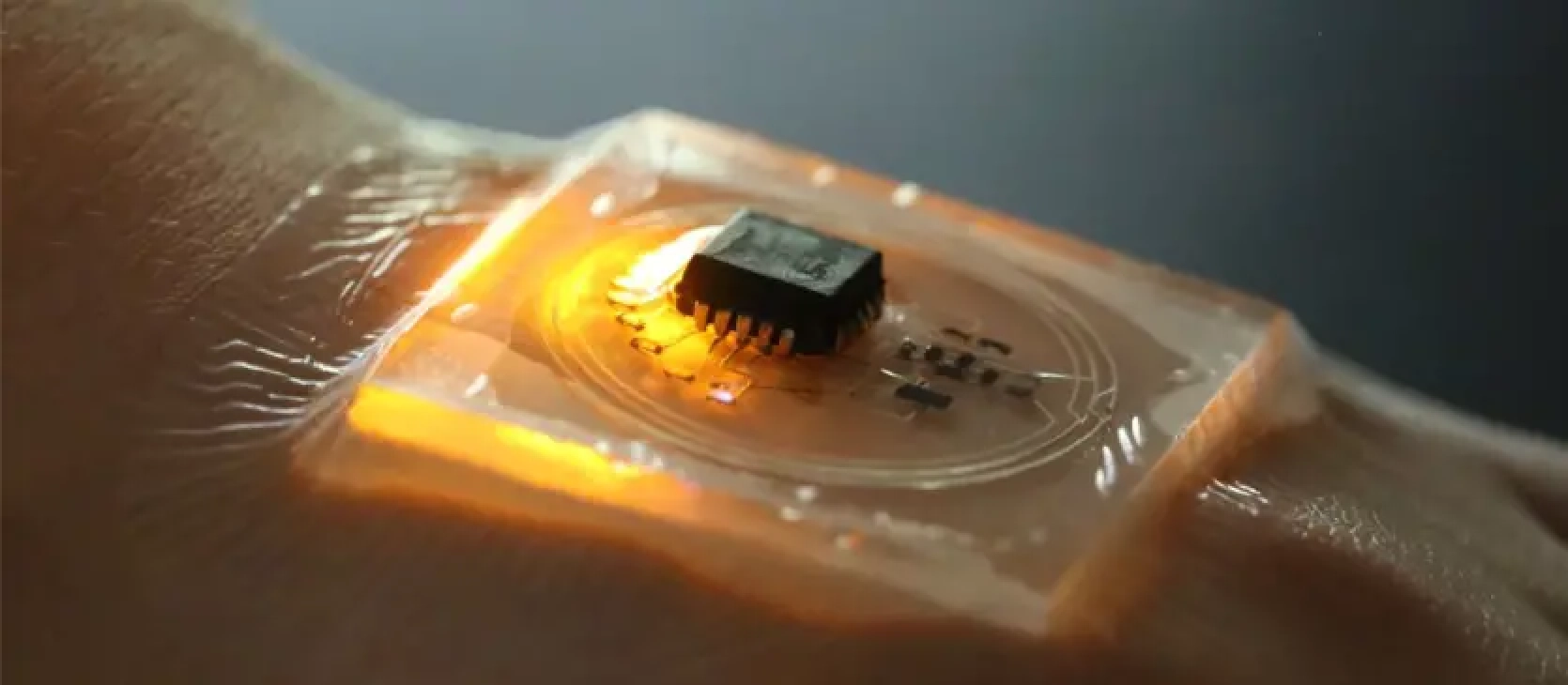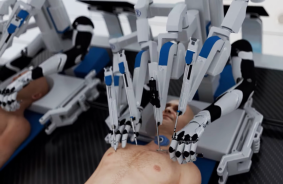Researchers from Carnegie Mellon University (USA) have developed a technology called Power-over-Skin, which enables the powering of wearable devices using the energy from the human body without the need for batteries.
The research paper states that the human body is particularly effective at generating RF energy at a frequency of 40 MHz. Harnessing this energy via a 'wearable receiver' allows for power supply without invasive methods. The researchers focused much of their efforts on optimizing these receivers to ensure acceptable sizes, weights, form factors, and energy efficiency. The receiver can potentially be placed anywhere, and since it is capacitive, it can function even through clothing — theoretically enabling integration into smartphones.
The scientists demonstrated the technology on several prototypes: a Bluetooth ring with a joystick, a medical patch for health monitoring, and a solar radiation sensor with a display. In the future, this technology could be used for VR/AR headsets.
Eliminating batteries could make wearable devices lighter and slimmer. This would also reduce the demand for rare earth metals used in battery production.
Provided there are no negative side effects, the technology could potentially be revolutionary. It could power a range of devices, from relatively simple watches to many other wearables, including fitness trackers and medical devices. However, the devices must consume low power — a full-fledged GPU or CPU won't run on the RF radiation from the body.
The research paper compares the core concept to mechanical watches, which had an automatic winding mechanism that used wrist movements to wind the mainspring. They were replaced by more accurate and cheaper quartz mechanisms with batteries. Now, a more sophisticated method of obtaining energy from the user's body has emerged.
At the same time, placement on the body and transmission distance are crucial. The team explored four locations for the transmitter — the sole of the right foot, the abdomen, the left wrist, and the face, which are potentially beneficial for AR/VR headsets. Each transmitter had six possible receiver placements — the right ankle, the back of the neck, the chest, the left and right biceps, and the left index finger — where wearables are commonly used. The highest recorded power was from a test device with the shortest distance between the transmitter and receiver at an average of 1.53 mW, while the lowest power registered was 5.3 µW. Transmission through clothing, although possible, reduced efficiency.
Source: tomshardware














Comments (0)
There are no comments for now